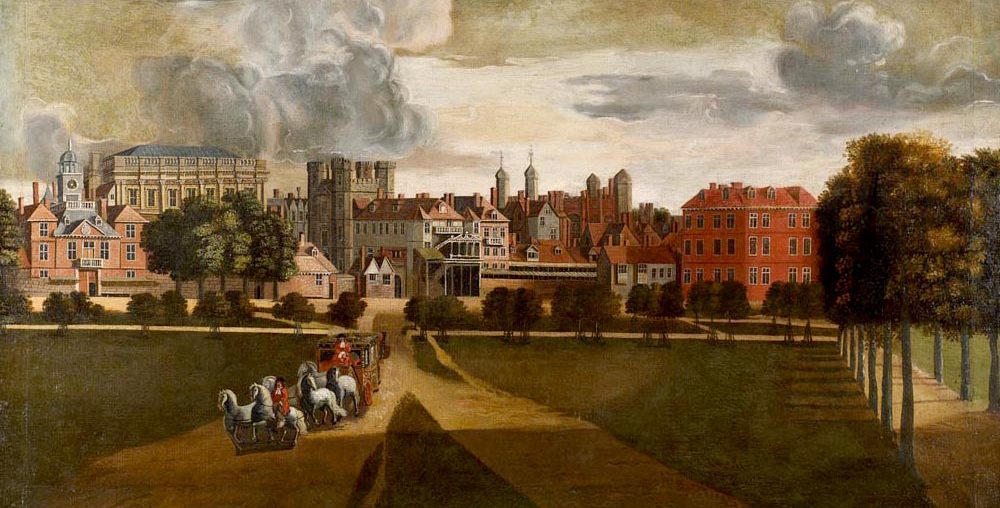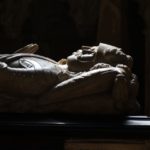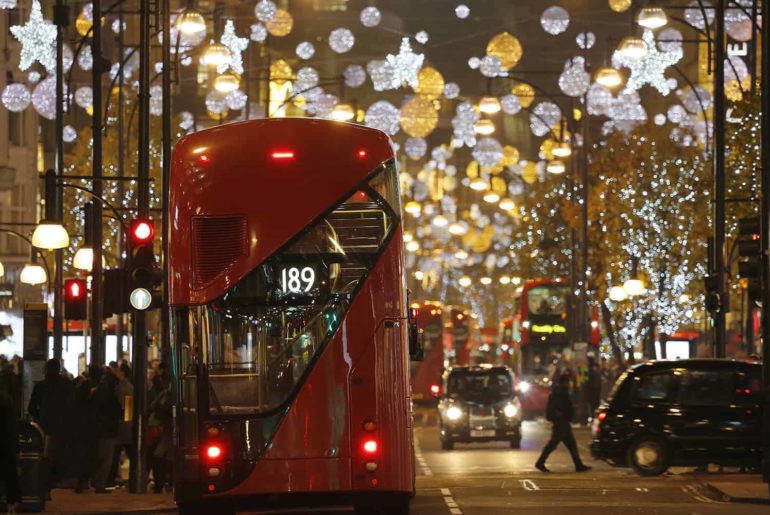When most people think of medieval ruins, they usually conjure images of giant, abandoned castles. However, some ruins are a bit more stately. There are many ruined and abandoned palaces dotted around the country that you may not know about.
Whether they fell to fire, the sands of time or the whims of a petulant king, many leave behind only a few small clues to their existence. Join us on an exciting journey through time as we take a look at some of these medieval ruins and palaces in the UK.
What are some medieval ruins and palaces in the UK?
- Linlithgow Palace
- Palace of Whitehall
- Savoy Palace
- Nonsuch Palace
- Palace of Placentia
- Winchester Palace
- Dunfermline Palace
- Bishop’s Waltham Palace
- Clarendon Palace
Let’s get started!
Linlithgow Palace

Linlithgow Palace was the birthplace of Mary Queen of Scots and a favoured residence of Scottish kings and queens during the 15th and 16th centuries. Set in lush surroundings with a loch on its doorstep and incredible views, the ruined palace has more recently been used as a filming location in the TV series ‘Outlander’. The palace saw little use after Scotland’s monarchs left for England in 1603 and was eventually destroyed by fire in 1746.
Palace of Whitehall
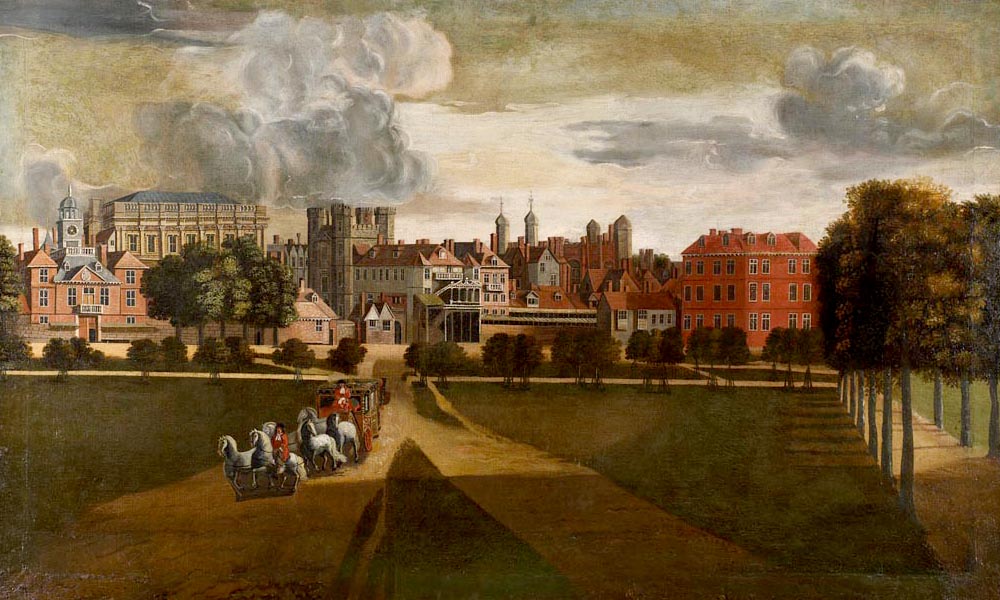
The Palace of Whitehall was the centre of royal power for 168 years between 1530 and 1698 as the principal residence of the English monarch. Before its destruction in 1698, it is believed to have been the largest palace in Europe. Today, all that remains of the original palace is The Banqueting House – famously the site of Charles I’s execution in 1649.
Savoy Palace
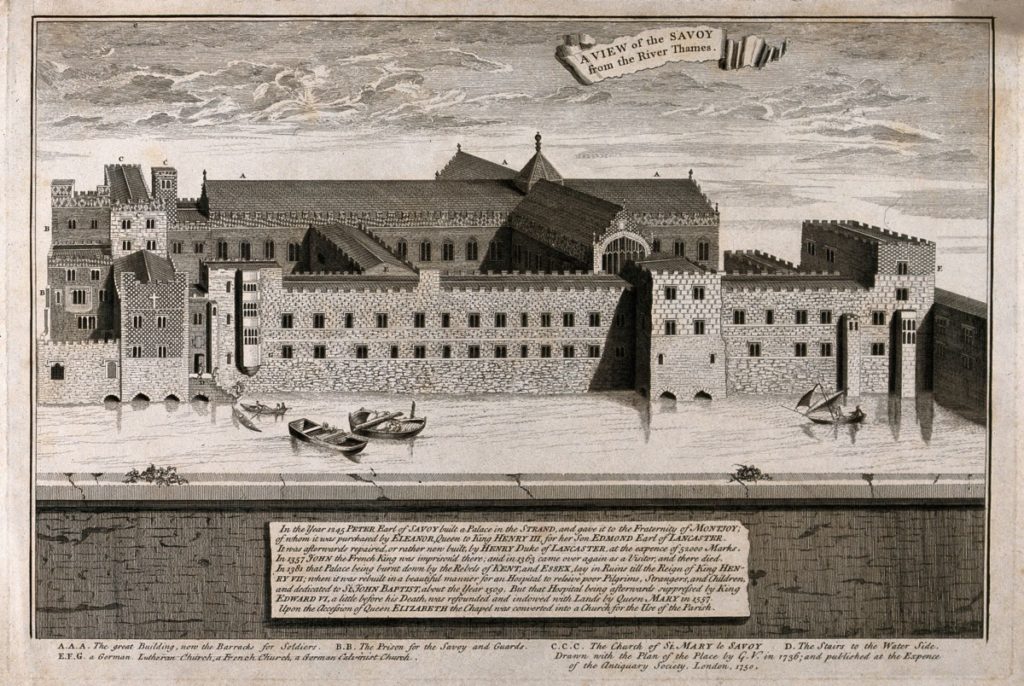
Considered to be the grandest noble household in London during the Medieval period, the name Savoy Palace has echoed down through the centuries. We still associate the name Savoy with grandeur to this day. Remarkably, the palace was torn down by rioters in 1381 during a peasant revolt, brick by brick, along with everything it contained. That’s certainly one way to make a protest!
Nonsuch Palace
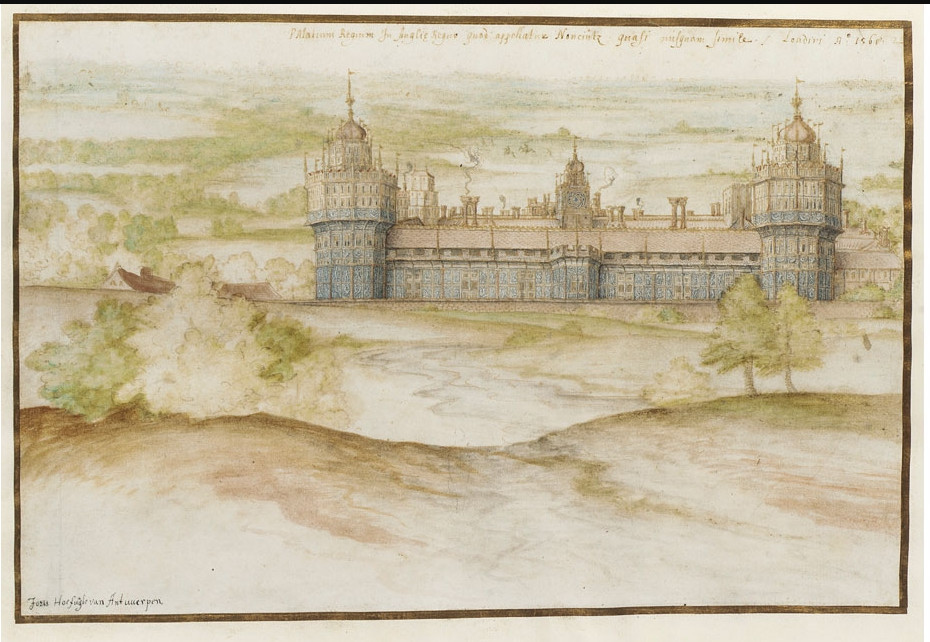
This amazing building truly looks like it came from the pages of a fairy tale. Henry VIII was in the process of sweeping away the legacy of past Kings for a new, renewed England. The construction of the Nonsuch Palace was a part of his grand plan.
It was later pulled down and sold for materials by Charles II’s mistress, Barbara of Castlemaine, who used the money to pay gambling debts. No trace of the palace remains today, save for some excavated remnants on display in the British Museum.
Palace of Placentia
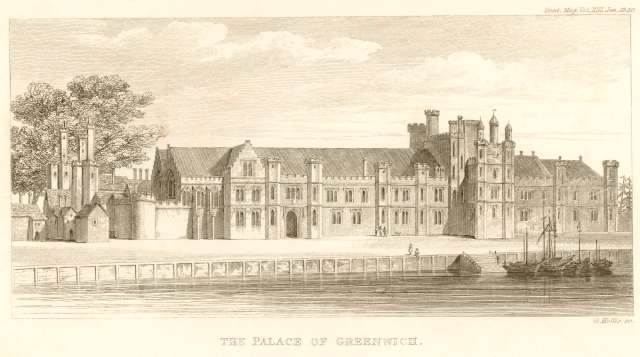
Henry VII transformed and redeveloped the old manor house that was originally on the site at Greenwich into London’s foremost royal residence. Some of England’s most famous monarchs were born here, including Henry VIII (1491) and Elizabeth I (1533). The palace fell into disrepair in the 17th century before being demolished to make way for Greenwich Hospital.
Winchester Palace
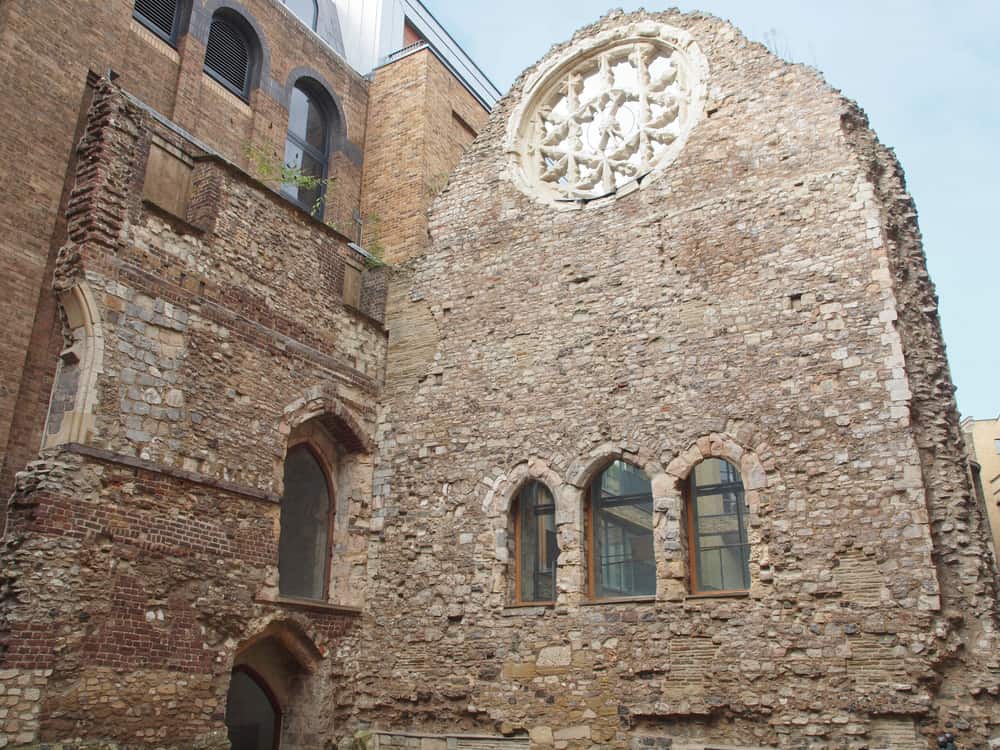
Built in the 13th century to house the powerful Bishops of Winchester when on royal or administrative duties, Winchester Palace was one of the largest and most important buildings in all of medieval London. It was used for nearly 500 years before being destroyed by fire in 1814.
Dunfermline Palace
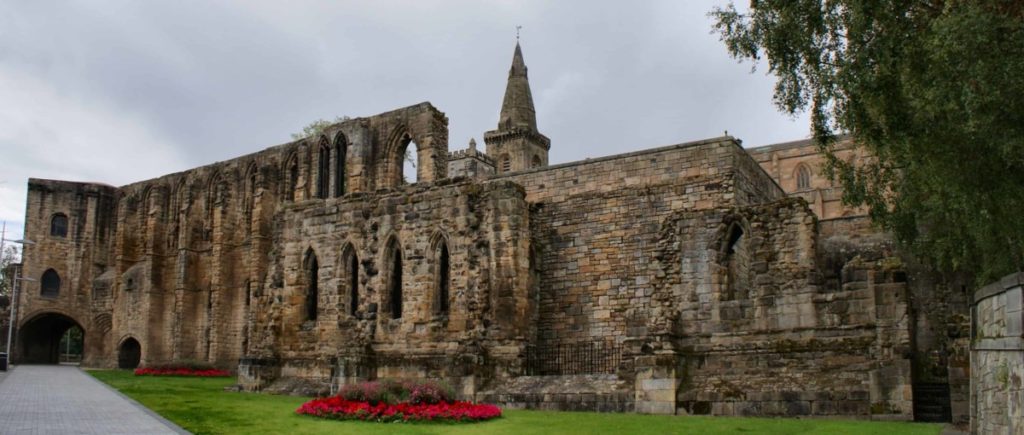
Dunfermline Palace was a favoured residence of many Scottish monarchs and also the birthplace of Charles I in 1600 – the last king born on Scottish soil.
After the Union of the Crowns in 1603, the Scottish court was moved to London as the new self-styled King of Great Britain, James I, turned his attention to England. The palace was rarely visited again by monarchs, and all that remains today is the kitchen, cellars and old south wall.
Bishop’s Waltham Palace
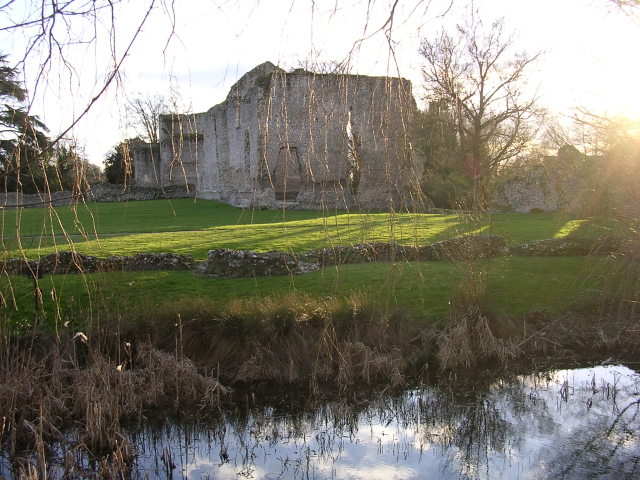
Bishop’s Waltham Palace was the home of the Bishops of Winchester, who were among the wealthiest churchmen in all of medieval Europe. At the height of its development, this grand residence hosted the king of England and his court on several occasions.
It was badly damaged during the English Civil War (1642-49), and the palace ruins became a source of building material for the local town.
Clarendon Palace
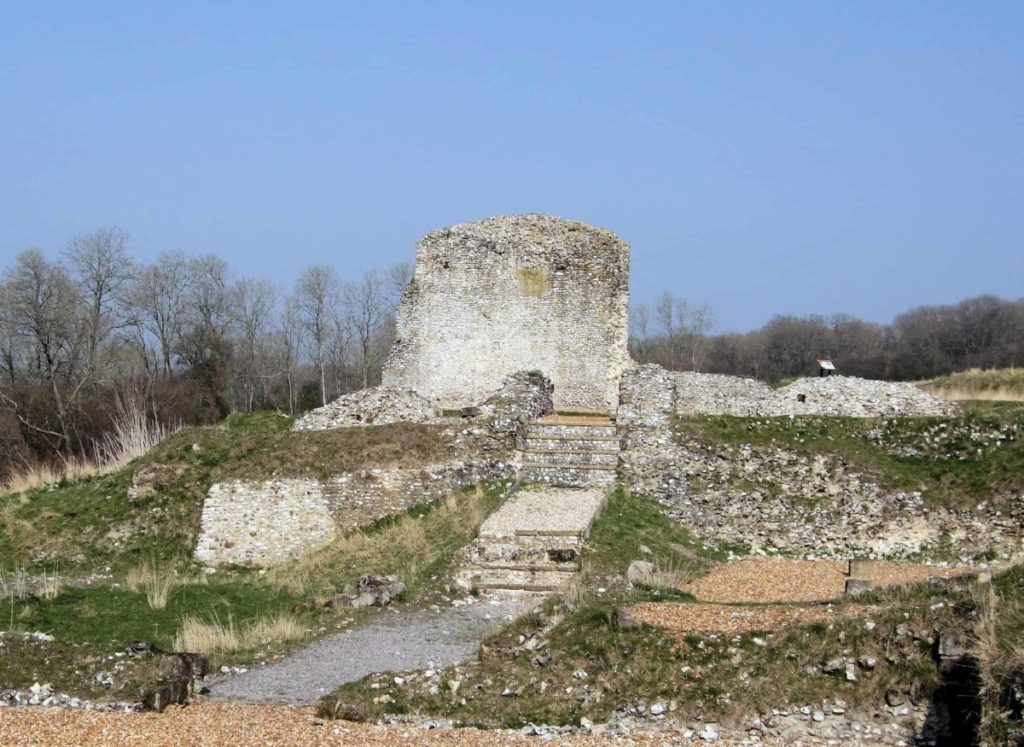
A royal residence during the Middle Ages, Clarendon Palace was the site of some of the most important and formative developments in English history. It was here that Henry II issued the Assize of Clarendon in 1166, an act that introduced the idea of trial by jury into English law.
It was also where the Constitutions of Clarendon were issued in 1164, which drastically curbed the power of the church in England. The controversy surrounding these articles would eventually lead to one of the most infamous murders in English history – the death of Archbishop Thomas Becket at Canterbury Cathedral.
If you enjoy medieval ruins and buildings, you’ll be able to see plenty of them on one of our fantastic London Tours. From the beautiful chapels of Westminster Abbey to the Tower of London, explore London’s most historic sights with an expert guide today.

